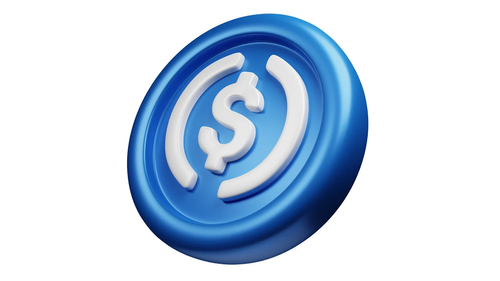@Coinbase has acquired a stake in @Circle as both companies look to strengthen the position of $USDC on the stablecoin market. Circle will now be the only issuer of the USDC stablecoin. This strategic move comes amid the market share dilution of the 2nd largest stablecoin and a new competitor in the face of PayPal entering the market.
Currently, USDT holds the title as the largest stablecoin by capitalization and trading volume, with USDC following closely in second position. However, considering the anticipated regulation tightening for stablecoin issuers in the United States, USDC stands to gain a significant advantage. This advantage could potentially propel it ahead of its primary competitor within the US market, ultimately positioning it as a frontrunner on the global stage.
Centre Consortium, responsible for the $USDC overseeing and issuing, “will no longer exist as a stand-alone entity and Circle will remain as the issuer of USDC,” taking “full control over USDC issuance and governance,” according to an official press release.
The consortium was founded by Coinbase and Circle in 2018. At that time, it was said to be welcoming “broad industry participation” and open for additional $USDC issuers, but now @Circle will be the only one.
(Thread)
The revenue generated from USDC reserves interest income “will continue to be shared based on the amount of USDC held on each platform.” Additionally, parties “will now equally share in interest income generated from the broader distribution and usage of USDC.”
As part of the agreement, $USDC is set to launch on six new unspecified blockchains by the end of October, bringing its total number of networks up to fifteen. Although the statement didn’t specify the exact platforms, last autumn Circle announced plans for USDC to be introduced as a native stablecoin on Cosmos (ATOM), Polkadot (DOT), Optimism (OP), Arbitrum (ARB), and NEAR (NEAR) blockchains.
(Thread)
Coinbase’s vision for USDC extends far beyond cryptocurrency trading into areas like foreign exchange, cross-border fund transfers, and broader financial inclusion efforts.
Earlier this month, Coinbase reported its Q2 earnings of over $700 million in revenue. In the run-up to those earnings, analysts noted a significant change in how the company earns money since its 2021 IPO. In bear markets, when trading activity on a cryptocurrency exchange declines, so does the revenue generated from trading commissions. However, because of its engagement with the Centre Consortium, Coinbase counted earned interest from USDC reserves as a sizable portion of its revenue.
Coinbase representatives, however, reject any implied competition with PayPal:
“I really do believe PayPal grows the pie for us. Crypto is so small today compared to the overall financial world. And, so, getting a lot of people in, whether they come through the PayPal door, or some other door, a lot of them eventually will find their way to other things in crypto, including us at Coinbase,” — Phil McDonnell, senior director of product management at Coinbase. (CoinDesk)


